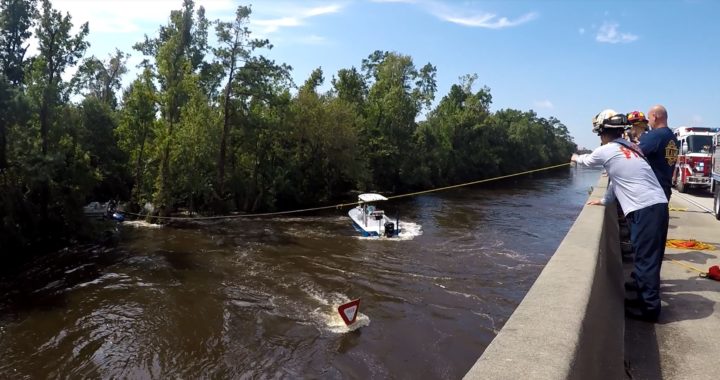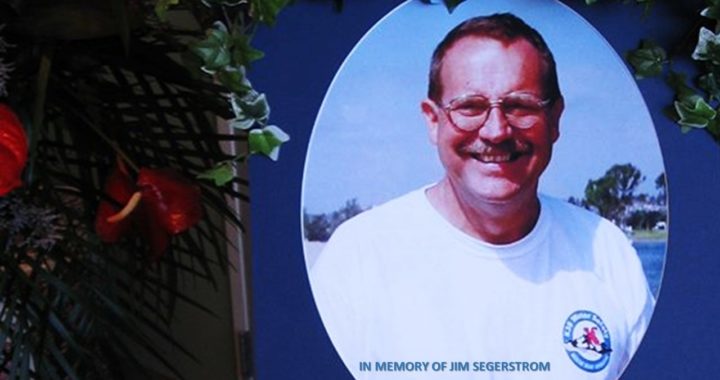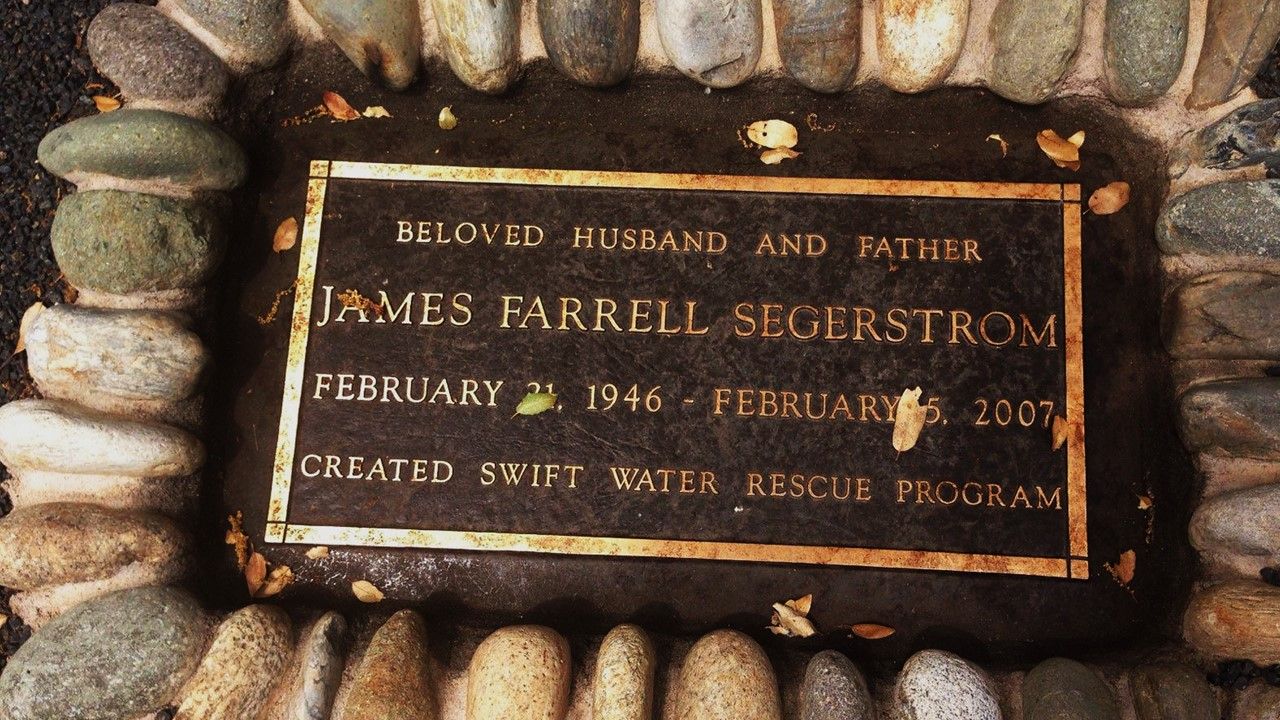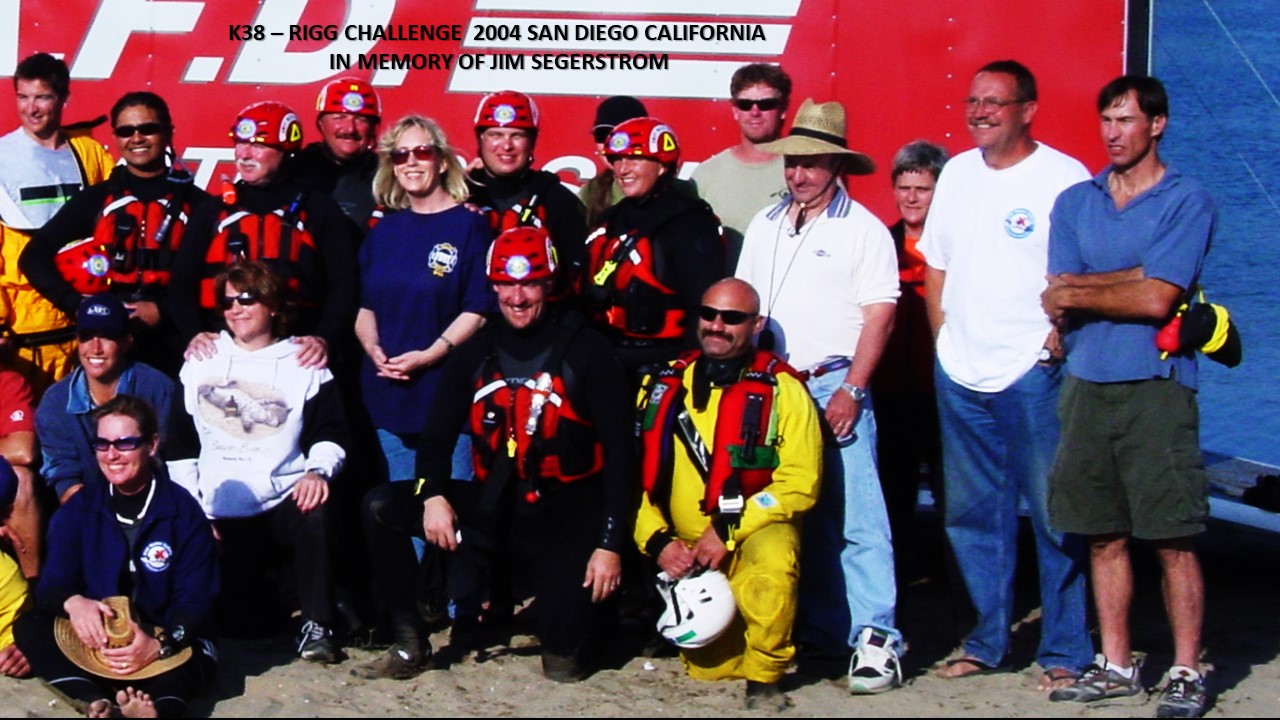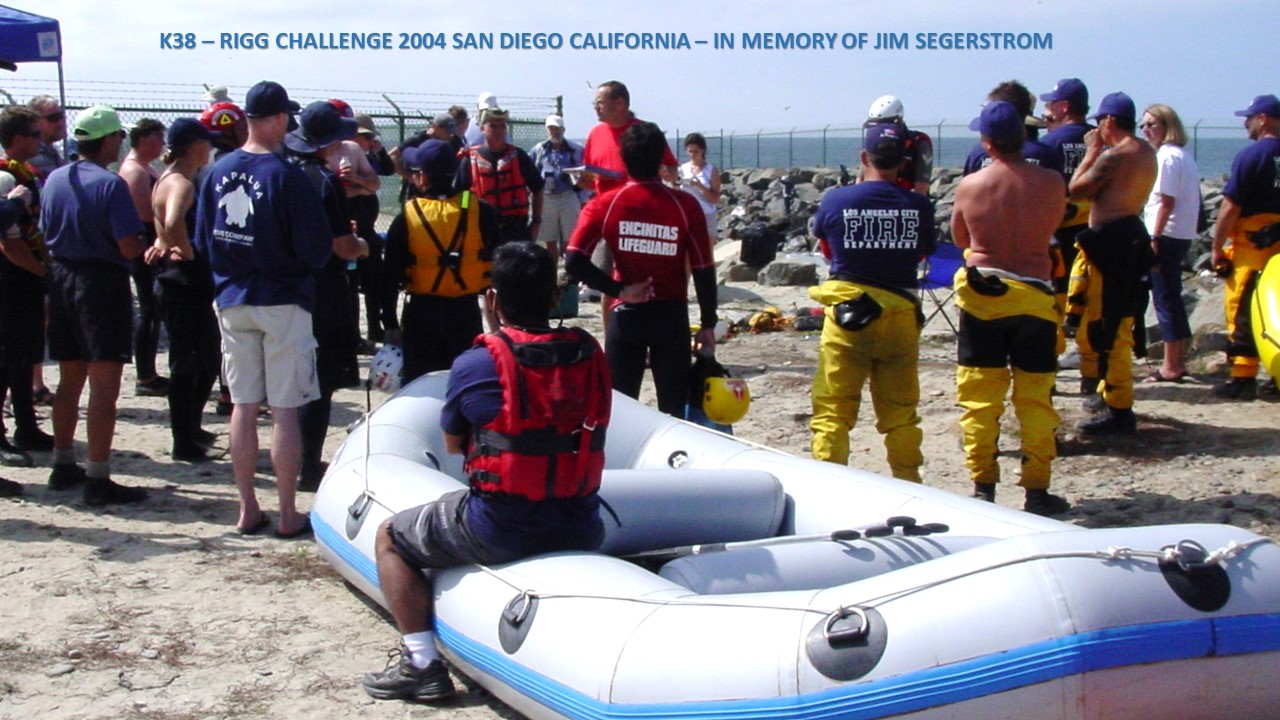Dangers of Rising Floodwaters
Flood water rescue is not an easy subject to discuss due to so many variations of risk and locale. If you are a citizen and find yourself in a hurricane or torrential downpour, you have to take care of your personal safety first.
The dangers of rising floodwaters are as varied as the location and surrounding surface objects, vegetation and waterways.
In floodwaters there is not one way to say how a rescue can be performed. Self rescue has tended to be improvised by those in distress by the direct situation, many more positive ones are executed than tragic but its better to prepare in your mind now, instead of just winging if it ever occurs to you.

Rescue may not come to you immediately or for days, there is no rationale for this, its all subjective to the precise incident.
Oftentimes it depends upon the assets and training of Responders and their staging areas. Most will not be deployed if the risks could take their lives. This can also go for nightfall or hazardous weather conditions, upstream hazards or secondary imminent disasters.
Most often it will be you, your neighbors or your family conducting the initial rescue.
One thing to be mindful is moving current in water. This is exceptionally dangerous:
Look downstream.
Look upstream.
Look for a landing.
Look for debris.
How cold is the water?
How fast is it moving?
Are you a strong swimmer?
Are you alone or do you have people you are responsible for?
Will your pets stay or go with you and how?
How well do you know the surrounding area you are in? Do you recall any areas you could get to or that would be dangerous to move towards? Is there a chemical plant or waste water treatment plant?
Think about this and concentrate on what your intuition will tell you to do next. Your decisions are vital. Once placed in motion you cannot go backwards.
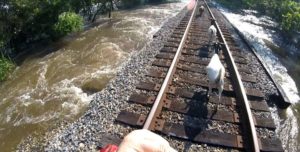
Will you be able to get onto a roof from the water line if the water rises quickly? Can you help others and pets? Do you have a ladder for water with no current? Is it wood or aluminum? Can you prepare and haul up water and survival items in advance in case of?
Do not go into the attic. You will find yourself trapped with no way out. This is not a good option for you.
Moving Water is Strong Water
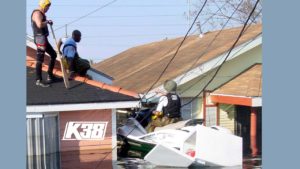
If you have a lifejacket grab it and put it on, or find something that can assist for flotation. You will have to act fast, think clearly and strategize. Breathe, relax your thoughts so you can focus and keep moving. One task at at time by conserving your energies.
If you must go into the water or break free from holding onto a fixed object there is only seconds to set up action.
The best way to move from one area to another if it is determined to be safe in current - is to think how far downstream you will drift and what is that path.
Swimming should be done towards the shore anticipated, the angle of your body (ferry angle) will draw you much further away from where you are downstream. Keep stroking by setting an even pace, slow and easy. If you get a muscle cramp its okay, stay calm and you can work with it, just don't start any kind of struggle.

Do not swim into strainers (objects where water can pass through but not objects).
Do not put your feet down, swim on your belly head above water. Keep your body on plane with the surface, kick your feet in a steady slow pace, don't race unless its an emergency.
If you have to floatation device such as an ice chest, hold onto these objects in an upright position. If in the water and you can, float on your back with your feet up on the surface. OR await rescue in a safe dry place, high up away from threats and downed utility lines. If you see a line dragging in the water from power poles or utility poles, do not grab onto it.
When helping others the old quote was 'REACH-THROW-GO'. Now the new quote is 'REACH-THROW-ROW-DON'T GO". This mainly applies not during a disaster flood event, however the principles may apply in some situations and are noteworthy:
1. REACH: Hold on to the dock or your boat and reach your hand, a boat oar, a fishing pole, or whatever you have nearby, to the person
2. THROW: If you can't reach far enough, toss things that float for the person to grab
3. ROW: If you're in a boat, use the oars to move the boat closer to the person in the water, or call out to a nearby boat for help. Don't use the boat's motor close to a person in the water, they could be injured by the propeller
4. DON'T GO: Don't go into the water unless you are trained. Call out for help
Remember, even a strong swimmer can drown trying to help others. If all else fails, go for help!
Prepare for Survival
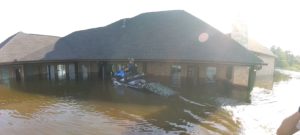
Remember your clothes and shoes can be ripped from your body. When take a step in water going towards shore, walk surely and place each foot securely before your shift your weight. You may trip or have debris knock you from behind, and you don't want to fall into the water. Take your time!
For our Safety Behavior it is very important to monitor risks first. If you don't know how to identify risks you need to educate yourself. You can go online and search for videos and articles that can help you.
Trainer responders are certified in water rescue for a variety of disciplines, you can take similar courses. You can get certified by a course provider for swiftwater or flood rescue from a company like Rescue 3
Posted 1.6.2019
Have any questions? Join the Rescue Water Craft Association
and discover what your community is doing to modernize standards, safety and reduce liability!
Join the Rescue Water Craft Association
Content Creator: Shawn Alladio cares most about her community and the culture surrounding the safety of event service providers and Rescue Water Craft operators, working hard and dedicated towards protecting their reputation, distributing safety information and continuing to train these amazing individuals to the highest standards of care.
Use at your own risk. Please take a qualified Rescue Water Craft training course and maintain proper records and respect all the PWC, RWC, PPE, and gear OEM manufacturer warning labels and cautions.
